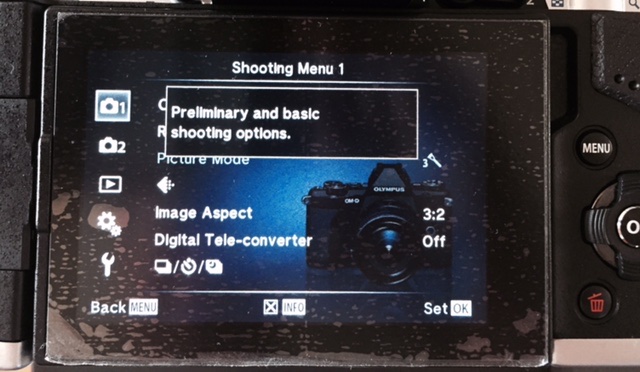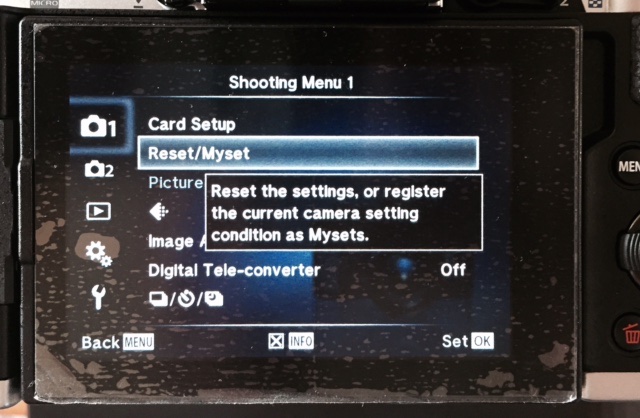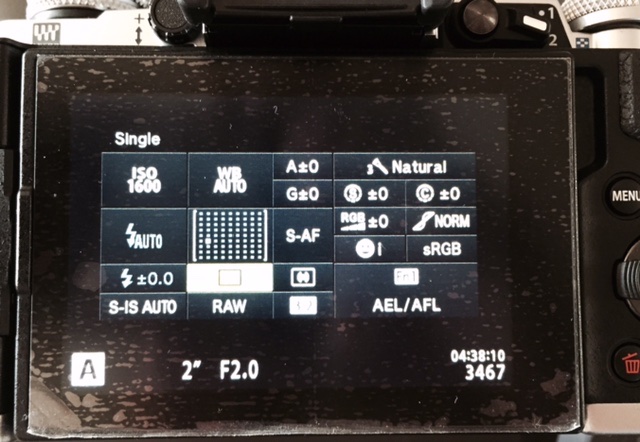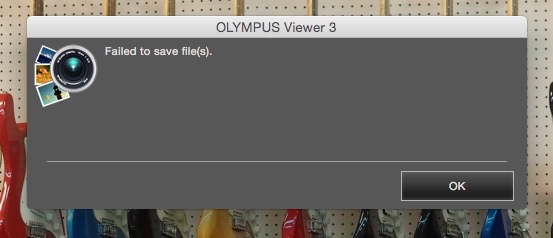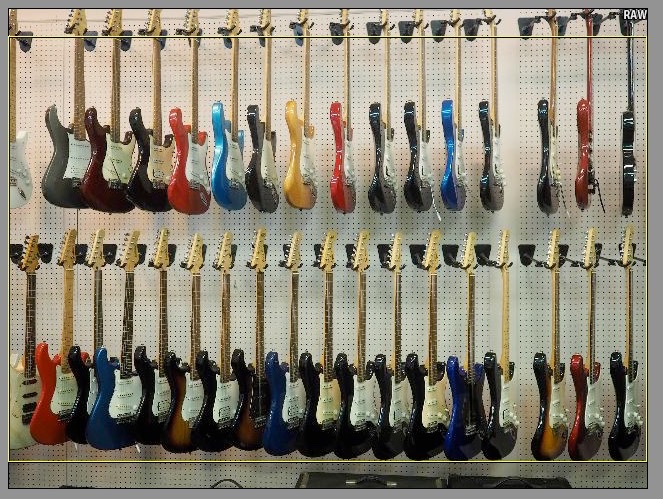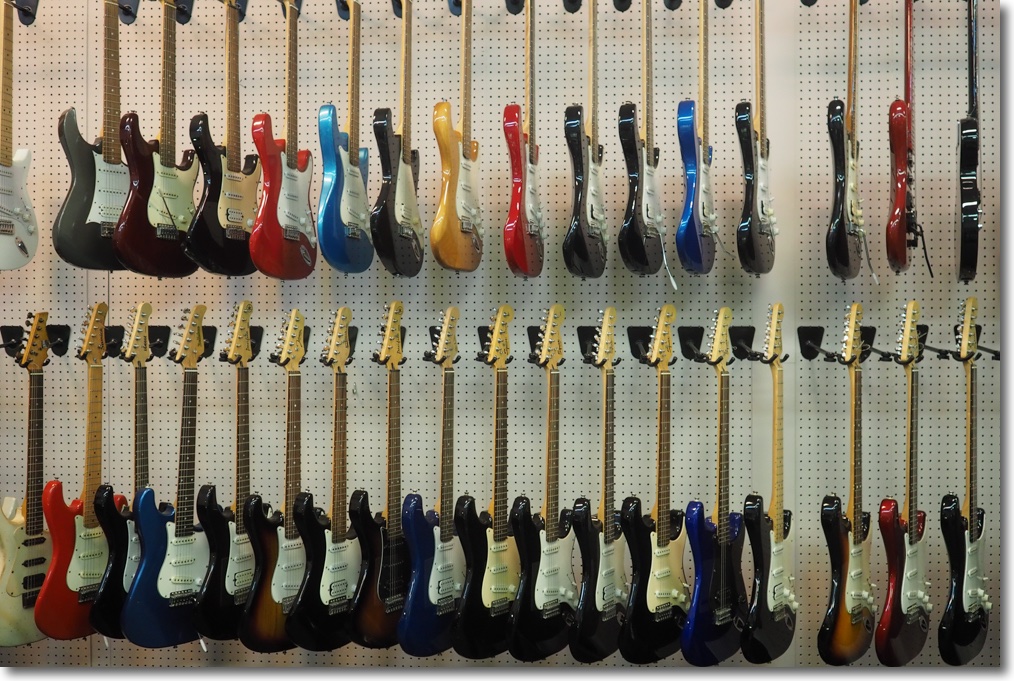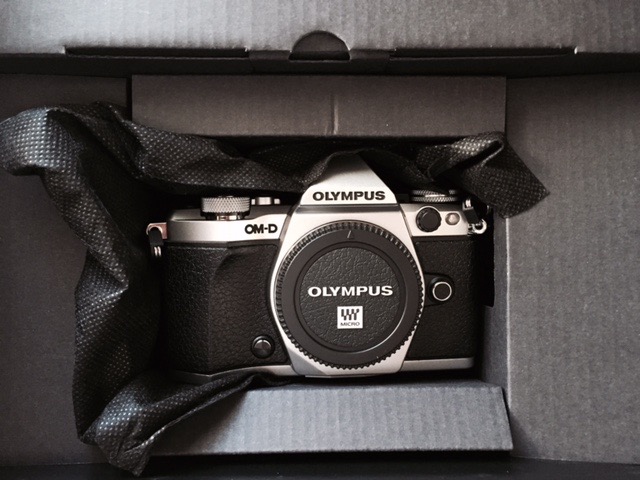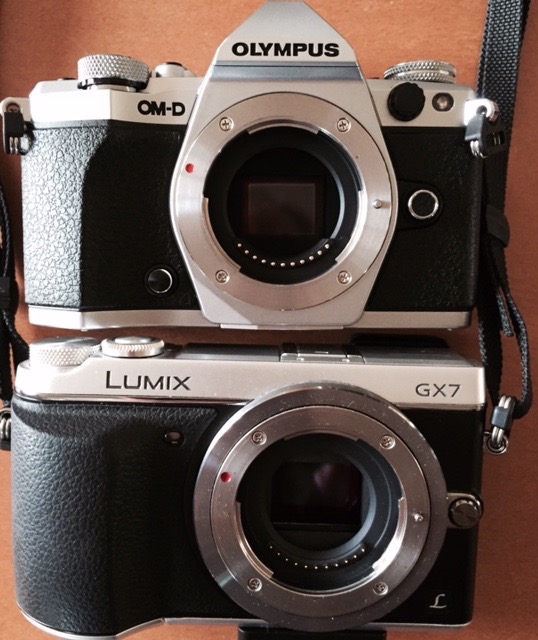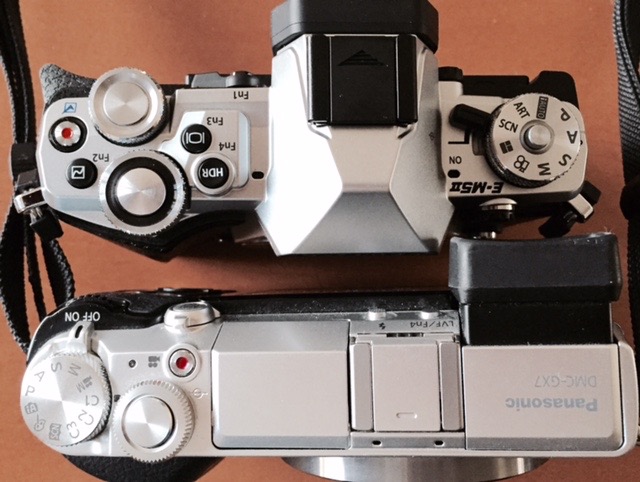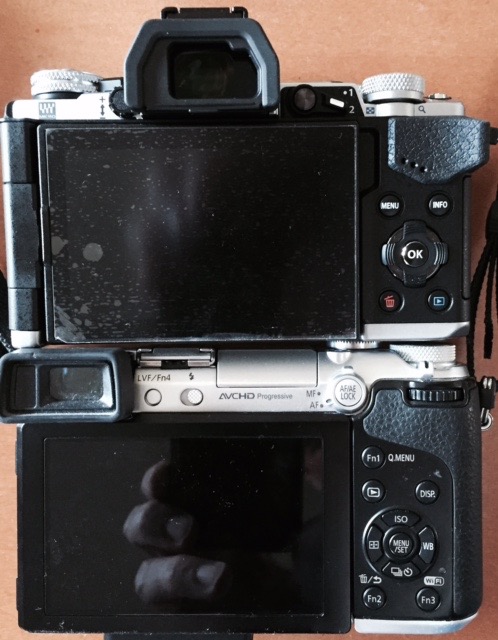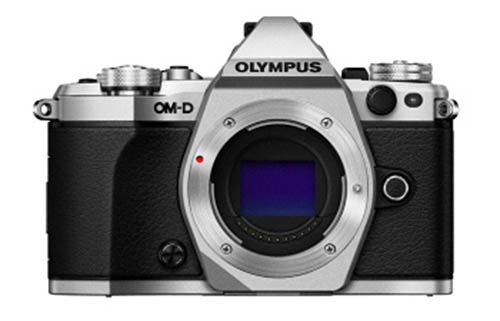Nice and not so nice.

Can you spell ‘bloat’?
The first impression of the Panny GX8 is like seeing that long lost cousin you were crazy about in high school. Ten years later you meet again and, to your poorly hidden dismay, you find she has spent unholy amounts of time at the local MacDonald’s and has grown in all the wrong places. And for all the really good things the paper specs of the GX8 bring, that first prevailing reaction is hard to shake.
The GX8 has succumbed to bloat and that’s a failing totally at variance with the MFT concept of ‘small body, small lens’.
I have yet to get my hands on one so this is from spec sheets. Let’s enumerate the exciting enhancements the GX8 brings to market:
- It exists. The fact that Panny has seen fit to continue with the ‘rangefinder’ body factor when all around still slavishly and unnecessarily copy the ‘SLR hump’ look for bodies with no glass pentaprism, is good news. The GX7 was easily the most elegant looking body put out by anyone in decades and the later fixed zoom LX100 only built on that.
- A new 20mp sensor. With MFT having been stuck on 16mp for ages, an upgrade of the original 12mp in the wonderful Panny G1, a further bump to 20mp is welcome.
- Improved EVF technology, though there’s little wrong with the EVFs in the GX7 and LX100.
- 4K movie recording – just like with the LX100.
- A socket for an external microphone for proper sound recording.
- 5-axis image stabilization with most Panny AF lenses.
- The addition of a top plate under/over-exposure dial for quick and easy adjustments, again just like the LX100. Dials always beat LCD displays.
- Enhanced weatherproofing.
- A repositioned shutter button in keeping with the more comfortable positioning on the G1/3/7.
- A fully swiveling rear LCD (or cover, if you prefer) harking back to the G1.
- Available in chrome – yippee! – not just the ugly black everyone seems to insist on and no one needs. Fat girls and ugly cameras dress in black, with the same failed, hoped-for result. They get hot and sweaty, but no slimmer.
So what’s not to like?
- Like every Cadillac on the road, it’s fat and ugly. The jeweled precision of the GX7 is gone. The handgrip design is awful to look at. Who on earth designed that monstrosity?
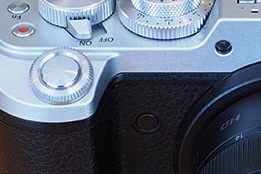
Plane transitions brought to you by the Cadillac design team. - It’s heavy – 17.2 ounces compared with 14.2 ounces for the GX7. 21% more for what? Might as well buy an APS-C DSLR.
- The handy pop-up flash has disappeared.
- No manual shutter speed dial as found on the LX100 – which has the best manual controls bar none.
- Enough, already, with that dumb ‘scene mode’ dial.
- The 5-axis OIS will not work with two earlier Panny lenses which I own and like immensely – the 14-45mm kit zoom (excellent in every way) and the 45-200mm long range zoom which is everything MFT is about – miniscule with 400mm FF-equivalent reach. And no Oly or Leica lens is supported. It seems that Panny will not be making firmware updates to support these lenses. In fairness, the two axis IS in the GX7 body works fine and I have no issues with the two Olympus 17mm and 45mm fixed focal length lenses I favor on my two GX7 bodies, but it’s a shame neither Oly or earlier Panny lenses are not supported fully in the GX8.
- For my avocation – street photography – neither the tilting EVF eyepiece or the swiveling LCD add any use. I’m not about to peer down into a small eyepiece or ponce about with silly LCD screens in this sort of work. Solutions for cowards.
- Despite the big increase in weight and bulk the battery is bad in two ways. You cannot use the one from the G1/G3/GX7 which is frustrating. The one used is that from the G7 and it has no meaningful gain in capacity which you would expect with 4K movie capability and the big increase in bulk the body displays.
- Price. At $1200 for the body only Panny is asking way too much. Wait a year and it will be down to $800, which seems about right.
So who should buy this body? I confess I am somewhat mystified. If you want the best movie capabilities you might as well splurge on the GH4 for $100 more and get almost everything the moviemaker needs. If you want the MFT concept defined to perfection either get a GX7, soon to be remaindered, where you will probably pay $400 for a new one. Or, if you have no need of long lenses and want a fast, wide, excellent 24-70mm Leica designed zoom, I strongly recommend the LX100 which in one package has just about everything most snappers require. New for under $700 with a crackerjack zoom lens and the small size and form factor elegance which MFT is all about.
